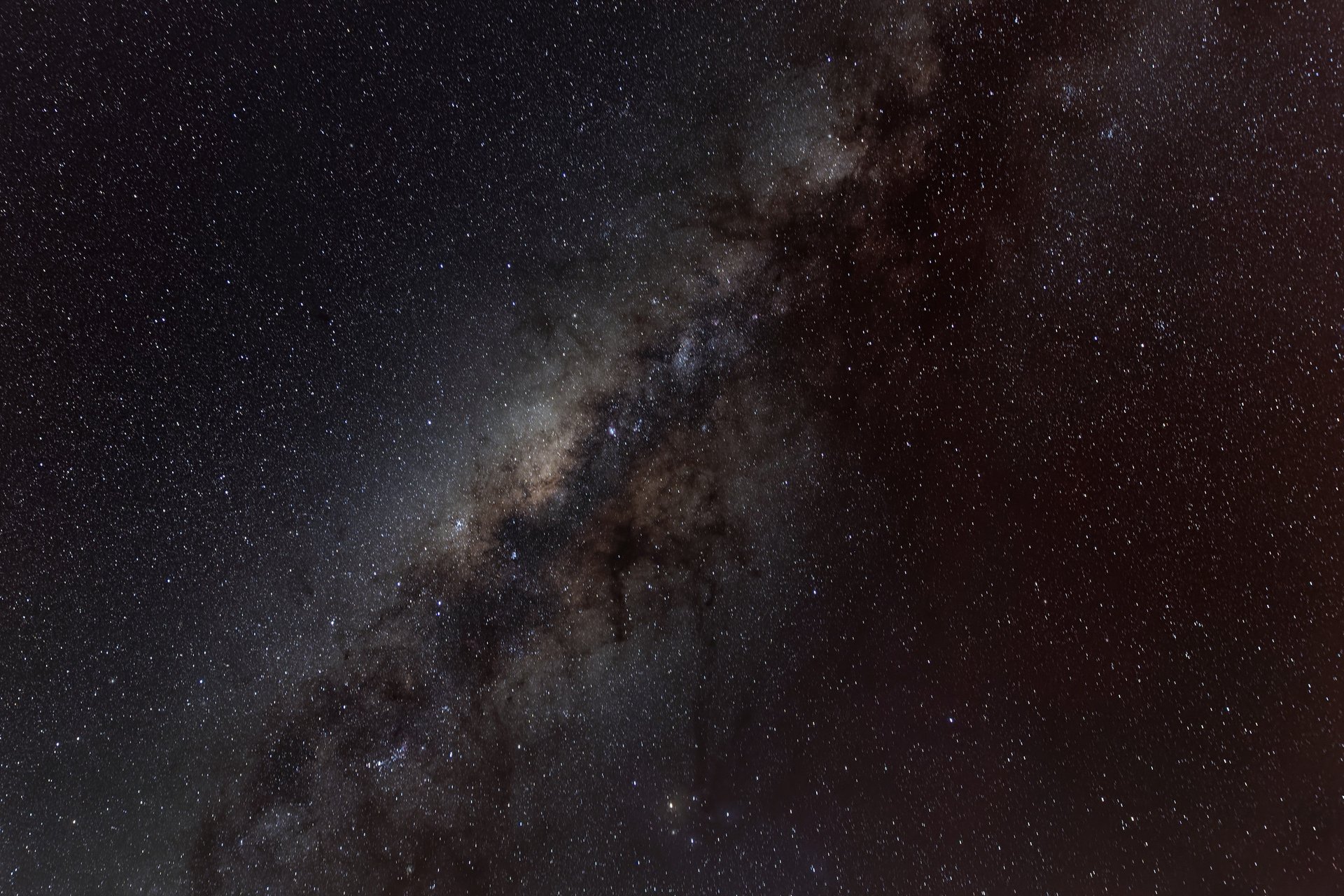Elon Musk's Starlink satellites could become an 'existential threat' for astronomers
SpaceX had pledged to mitigate its effects on astronomy, but its efforts aren't yet working

SpaceX’s ever-increasing network of satellites is still blocking researchers’ ability to view distant galaxies, planets, and stars, according to experts.
Suggested Reading
The Netherlands Institute for Radio Astronomy (ASTRON), alongside researchers from other institutions, said Wednesday that radiation from the second generation of SpaceX’s Starlink satellites is causing significant interference with their radio telescopes. The satellites emit 32 times more radiation than Starlink’s prior generation, which had already been getting in the way.
Related Content
SpaceX has been launching its satellites into space since 2019 and eventually aims to have as many as 42,000 in its “mega constellation,” according to CEO Elon Musk. More than 7,000 Starlink satellites have been launched into orbit, although just 6,400 are still in orbit, according to astrophysicist Jonathan McDowell, who tracks the satellites on his website. Starlink’s main rival, OneWeb, has just 630 satellites in orbit.
Starlink’s satellites are used to provide high-speed internet services to more than 100 countries. They also provided services to some airlines and cruise operators, including United Airlines and Carnival Corp.
Scientists have been able to observe distant planets, galaxies, and stars thanks to the light they emit on the electromagnetic spectrum. But Starlink’s satellites radiate light about 10 million times brighter than from the weakest sources of light they’ve identified, making it difficult to spot some objects.
Cees Bassa, the lead author on the report, told the BBC that it was like comparing the “faintest stars visible to the naked eye and the brightness of the full Moon,” and said the problem will only worsen as SpaceX launches continue. Professor Jessica Dempsey, who leads ASTRON, told the BBC that if SpaceX fails to mitigate the problem, the satellites will “become an existential threat for the kinds of astronomy we do.”
Although SpaceX has been criticized in the past for the radiation its satellites exude, the company has managed to lessen their irritation by listening and working with detractors.
SpaceX has tried a few things, like painting its satellites black and using sun visors to block some sunlight — both of which were eventually scrapped — as well as some operational tweaks, according to Business Insider. In January 2023, SpaceX reached an agreement with the National Science Foundation to mitigate the effects of the second-generation Starlink satellites, which are at the root of ASTRON’s problems.